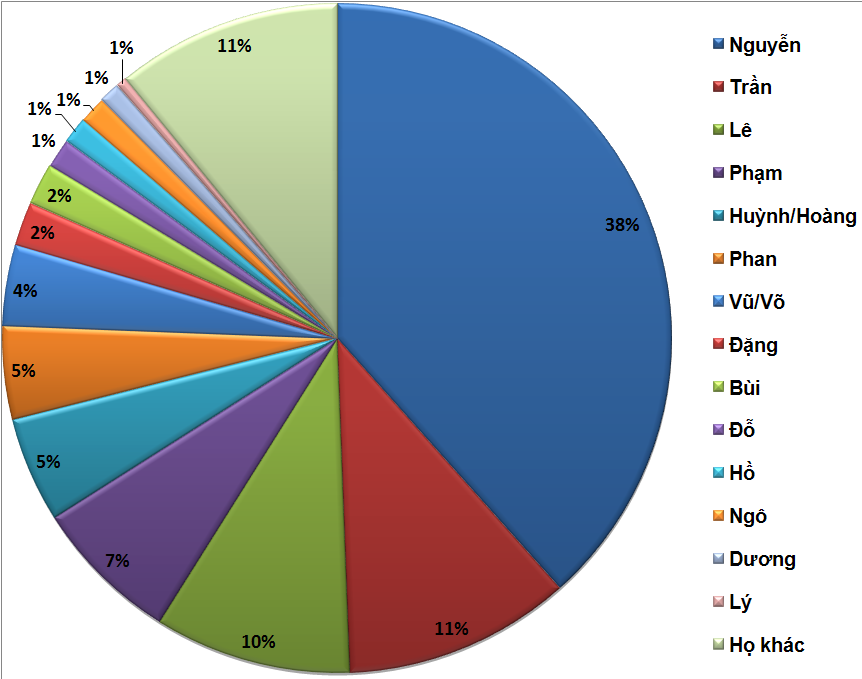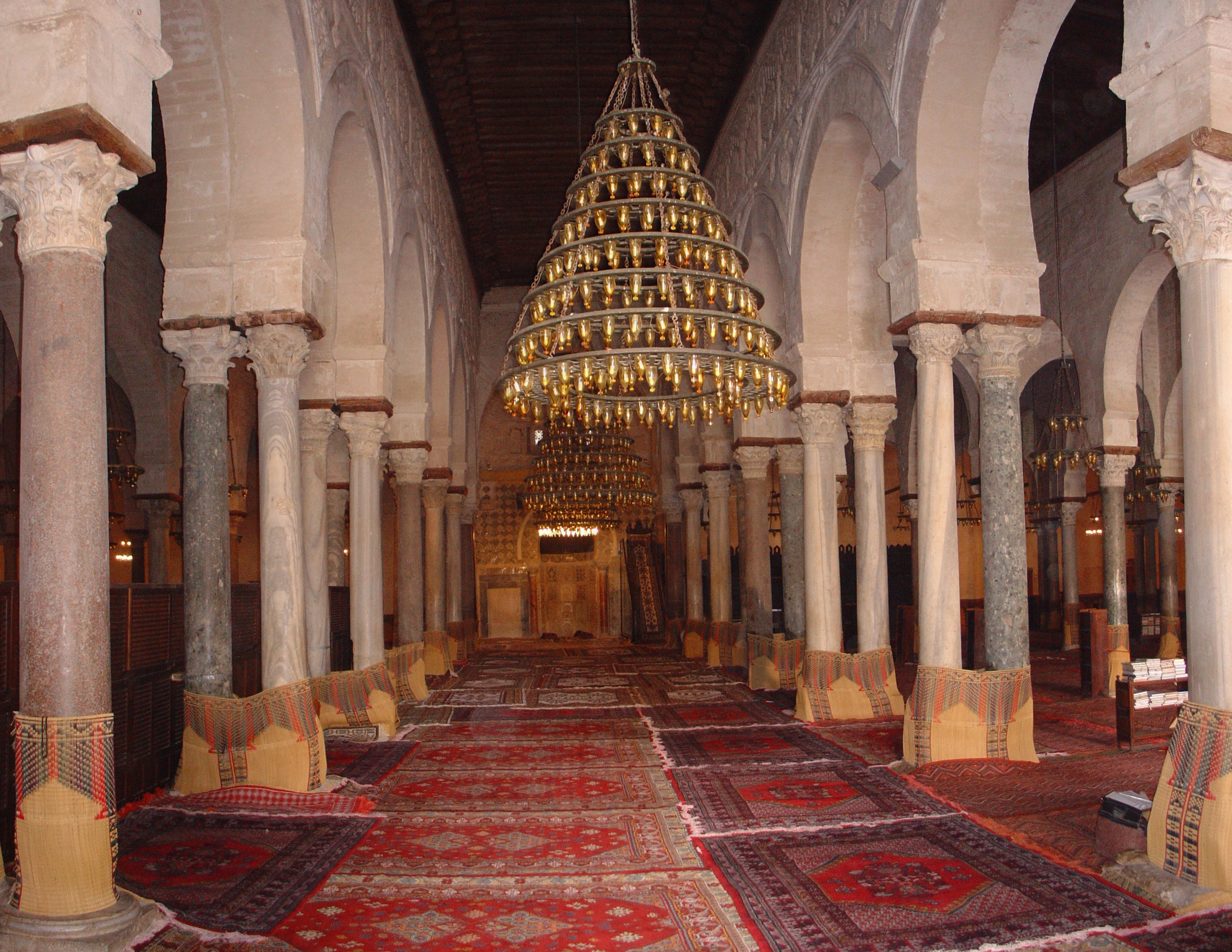|
Vietnamese Women's Museum
The Vietnamese Women's Museum (), established and operated by the Vietnam Women’s Union, officially opened its doors to public in 1995. The four-storey building is in Hanoi, Ly Thuong Kiet Street, situated along the central Hoan Kiem Lake and old quarter. It underwent renovation between 2006 and 2010. It functions as a gender museum and research centre that provides knowledge on the historical and cultural heritage of Vietnamese women among the nation’s 54 ethnic communities. By featuring women as its central theme, it illuminates the significant roles and contributions of Vietnamese women in the historical and cultural development of Vietnam. The museum also provides a platform for intercultural exchanges to occur between women in Vietnam and global societies, with the goal of fostering “equality, development and peace.” The museum consists of three permanent exhibitions: (1) Women in Family, (2) Women in History and (3) Women’s Fashion. The permanent exhibitions feat ... [...More Info...] [...Related Items...] OR: [Wikipedia] [Google] [Baidu] |
Hanoi
Hanoi or Ha Noi ( or ; vi, Hà Nội ) is the capital and second-largest city of Vietnam. It covers an area of . It consists of 12 urban districts, one district-leveled town and 17 rural districts. Located within the Red River Delta, Hanoi is the cultural and political centre of Vietnam. Hanoi can trace its history back to the third century BCE, when a portion of the modern-day city served as the capital of the historic Vietnamese nation of Âu Lạc. Following the collapse of Âu Lạc, the city was part of Han China. In 1010, Vietnamese emperor Lý Thái Tổ established the capital of the imperial Vietnamese nation Đại Việt in modern-day central Hanoi, naming the city Thăng Long (literally 'Ascending Dragon'). Thăng Long remained Đại Việt's political centre until 1802, when the Nguyễn dynasty, the last imperial Vietnamese dynasty, moved the capital to Huế. The city was renamed Hanoi in 1831, and served as the capital of French Indochina from 1902 to 194 ... [...More Info...] [...Related Items...] OR: [Wikipedia] [Google] [Baidu] |
Nguyen Thi Bich Van
Nguyễn () is the most common Vietnamese surname. Outside of Vietnam, the surname is commonly rendered without diacritics as Nguyen. Nguyên (元)is a different word and surname. By some estimates 39 percent of Vietnamese people bear this surname.Lê Trung Hoa, ''Họ và tên người Việt Nam'', NXB Khoa học - Xã hội, 2005 Origin and usage "Nguyễn" is the spelling of the Sino-Vietnamese pronunciation of the Han character 阮 (, ). The same Han character is often romanized as ''Ruǎn'' in Mandarin, ''Yuen'' in Cantonese, ''Gnieuh'' or ''Nyoe¹'' in Wu Chinese, or ''Nguang'' in Hokchew. . Hanja reading ( Korean) is 완 (''Wan'') or 원 (''Won'') and in Hiragana, it is げん (''Gen''), old reading as け゚ん (Ngen). The first recorded mention of a person surnamed Nguyen is a 317 CE description of a journey to Giao Châu undertaken by Eastern Jin dynasty (, ) officer and his family. Many events in Vietnamese history have contributed to the name's promine ... [...More Info...] [...Related Items...] OR: [Wikipedia] [Google] [Baidu] |
Hall Of Vietnamese Women's Museum
In architecture, a hall is a relatively large space enclosed by a roof and walls. In the Iron Age and early Middle Ages in northern Europe, a mead hall was where a lord and his retainers ate and also slept. Later in the Middle Ages, the great hall was the largest room in castles and large houses, and where the servants usually slept. As more complex house plans developed, the hall remained a large room for dancing and large feasts, often still with servants sleeping there. It was usually immediately inside the main door. In modern British houses, an entrance hall next to the front door remains an indispensable feature, even if it is essentially merely a corridor. Today, the (entrance) hall of a house is the space next to the front door or vestibule leading to the rooms directly and/or indirectly. Where the hall inside the front door of a house is elongated, it may be called a passage, corridor (from Spanish ''corredor'' used in El Escorial and 100 years later in Castl ... [...More Info...] [...Related Items...] OR: [Wikipedia] [Google] [Baidu] |
Vietnam Women's Union
The Vietnam Women's Union, otherwise referred to as the VWU or Hội Liên Hiệp Phụ Nữ Việt Nam in Vietnamese, is a socio-political organization that represents and defends the legal and legitimate rights and interests of Women in Vietnam. Originally founded on October 20, 1930, there are currently over 13 million members belonging to 10,472 local women's unions in communes and towns throughout the country. The current president, for the 2017-2022 term, is President Hà Thị Nga and Vice Presidents Bùi Thị Hòa, Trần Thị Hương, Hoàng Thị Ái Nhiên, and Đỗ Thị Thu Thảo. There have been leadership changes throughout this term however. Nguyễn Thị Thu Hà was the president until April 2020 before Hà Thị Nga became the president in May 2020. Nguyễn Thị Tuyết was a Vice President until February 2020. Đỗ Thị Thu Thảo was not named Vice President until July 2018. The VWU strives for the advancement of women's development and gender equality ... [...More Info...] [...Related Items...] OR: [Wikipedia] [Google] [Baidu] |
Vietnamese Women's Museum, Women's Fashion Section
Vietnamese may refer to: * Something of, from, or related to Vietnam, a country in Southeast Asia ** A citizen of Vietnam. See Demographics of Vietnam. * Vietnamese people, or Kinh people, a Southeast Asian ethnic group native to Vietnam ** Overseas Vietnamese, Vietnamese people living outside Vietnam within a diaspora * Vietnamese language * Vietnamese alphabet * Vietnamese cuisine * Vietnamese culture See also * List of Vietnamese people A ''list'' is any set of items in a row. List or lists may also refer to: People * List (surname) Organizations * List College, an undergraduate division of the Jewish Theological Seminary of America * SC Germania List, German rugby union ... * {{disambiguation Language and nationality disambiguation pages ... [...More Info...] [...Related Items...] OR: [Wikipedia] [Google] [Baidu] |
Ministry Of Labour, Invalids And Social Affairs (Vietnam)
The Ministry of Labour, War Invalids and Social Affairs (MOLISA, vi, Bộ Lao động, Thương binh và Xã hội) is a government ministry in Vietnam responsible for state administration on labour, employment, occupational safety, social insurances and vocational training; policies for war invalids, martyrs and people with special contribution to the country; social protection and prevention of social evils; child care and gender equality. Ministerial units * Department of Labour and Wage * Department of Social Insurance * Department of Gender Equality * Department of Legal Affairs * Department of Planning and Finance * Department of International Cooperation * Department of Organisation and Personnel * Ministry's Inspectorate * Ministry's Office * General Bureau of Vocational Training * Bureau of Employment * Bureau of Social Assistance * Bureau of Overseas Labour * Bureau of Work Safety * Bureau of Social Evils Prevention and Combat * Bureau of National Devotees * Bureau of ... [...More Info...] [...Related Items...] OR: [Wikipedia] [Google] [Baidu] |
Ford Foundation
The Ford Foundation is an American private foundation with the stated goal of advancing human welfare. Created in 1936 by Edsel Ford and his father Henry Ford, it was originally funded by a US$25,000 gift from Edsel Ford. By 1947, after the death of the two founders, the foundation owned 90% of the non-voting shares of the Ford Motor Company. (The Ford family retained the voting shares.) Between 1955 and 1974, the foundation sold its Ford Motor Company holdings and now plays no role in the automobile company. Ahead of the foundation selling its Ford Motor Company holdings, in 1949, Henry Ford II created the , a separate corporate foundation that to this day serves as the philanthropic arm of the Ford Motor Company and is not associated with the foundation. The Ford Foundation makes grants through its headquarters and ten international field offices. For many years, the foundation's financial endowment was the largest private endowment in the world; it remains among the wealth ... [...More Info...] [...Related Items...] OR: [Wikipedia] [Google] [Baidu] |
Singapore Philatelic Museum
The Singapore Philatelic Museum ( Chinese: 新加坡集邮博物馆; ta, சிங்கப்பூர் அஞ்சல்தலை அருங்காட்சியகம்) is a museum about the postal history of Singapore and its stamps. Background The museum, located at 23-B Coleman Street in Singapore, was formerly part of the Anglo-Chinese School, completed in 1906. In the 1970s, the building became the Methodist Book Room until it was restored to become the present museum. The museum is currently closed for renovations. Singapore Philatelic Museum opened on 19 August 1995 to promote interest in and the appreciation of Singapore's history and heritage in philately. Besides the permanent galleries, the theme galleries offer a host of changing exhibitions throughout the year. These include displays from the private collections of renowned philatelists, travelling exhibitions from overseas and themed exhibitions to commemorate new stamp issues. The museum has a stam ... [...More Info...] [...Related Items...] OR: [Wikipedia] [Google] [Baidu] |
Japan Foundation
The was established in 1972 by an Act of the National Diet as a special legal entity to undertake international dissemination of Japanese culture, and became an Independent Administrative Institution under the jurisdiction of the Ministry of Foreign Affairs on 1 October 2003 under the "Independent Administrative Institution Japan Foundation Law". The Japan Foundation aims towards comprehensive and effective development of its international cultural exchange programs in the following categories: # Promotion of (Japanese) arts and cultural exchange # Promotion of (overseas) Japanese-language education (the JLPT exam) # Promotion of (overseas) Japanese studies and intellectual exchange – Japan Foundation Information Centers collect and provide information about international exchange and international cultural exchange standard bearers. Prince Takamado served as administrator of the Japan Foundation from 1981 to 2002. Japan Foundations worldwide The Japan Foundation ... [...More Info...] [...Related Items...] OR: [Wikipedia] [Google] [Baidu] |
Women In Vietnam
The role of women in Vietnam was subject to many changes throughout the history of Vietnam. They have taken on varying roles in society, including warriors, nurses, mothers and wives. There have been many advances in women's rights in Vietnam, such as an increase in women representation in government, as well as the creation of the Vietnam Women's Union in 1930. In the early 20th century, nationalist sentiments rose in Vietnam that eventually led to the end of French rule in 1954 and divided Vietnam into two along the seventeenth parallel. The role of women in warfare and outside the home continued to increase throughout the 20th century, especially during the Indochina Wars. During and after the Vietnam War, the ruling Communist Party of Vietnam made efforts to increase women's rights, equity, and representation in government. This included the creation of job quotas during the 1960s, which required that women occupy a certain percentage of jobs in different sectors. Women' ... [...More Info...] [...Related Items...] OR: [Wikipedia] [Google] [Baidu] |



.jpg)
